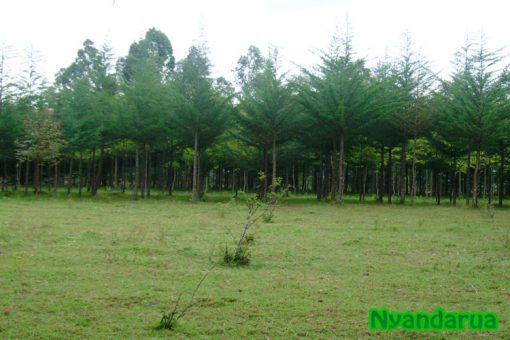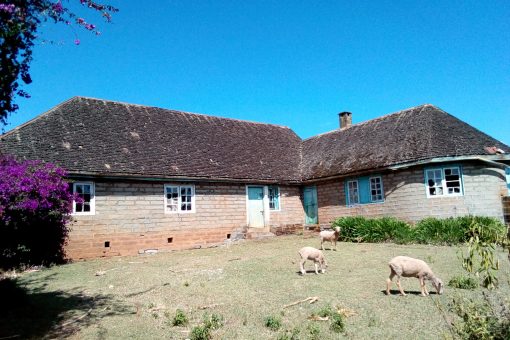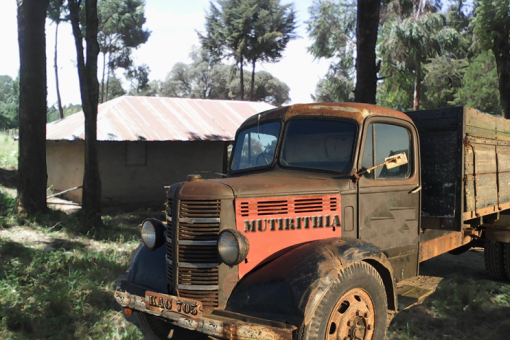But before we could get to the point of communicating effectively, there were many hurdles a child from Munyeki had to overcome. Our teachers were mainly Kikuyus proudly speaking their mother tongue every opportunity they got, including when teaching.
Our school being locally ran by the District Education Board, we had plenty of teachers who were untrained. We called them U Tees. They were form four leavers who had not gone to a Teacher Training College yet. Some were attending a program called “Inservice” that untrained teachers attended during school holidays giving them a chance to become fully qualified teachers.
Whatever the case, our teachers were Kikuyu speakers just like our parents. This meant their English and Swahili was peppered with heavy Kikuyu accent. Kikuyus, like our Japanese relatives in Asia have trouble with our “R” and “L” interchanging them with ease. Picture our introduction to the colors of the rainbow: Blue – mbrue, Red – lend, Yellow – yerrow, Green – ngleen, Black – mbrack and we concluded they were all mbeautiful.
We had trouble with our Ba and Mba, we interchanged them with ease butchering whatever word or name with little regard. Think of our names, Wambui. We removed the “m” sound and called her Wabui. Njoki was not spared. We removed the “N” and called her Joki. Swahili was even worse, barabara became mbalambala, habari became hambali, kikombe was kikobe.



